A visionary master of abstract sculpture, Pietro Consagra not only revolutionized post-war Italian sculpture but also inspired generations with his ability to transform materials such as iron, bronze, and wood into works capable of moving and at the same time challenging perception. His concept of "frontality", which required his sculptures to be experienced and contemplated from the front, redefined the way art interacts with the viewer, creating a direct and powerful impact.
Carlo Orsi captured some of the most intimate and significant moments of Consagra at work. With his keen and sensitive eye, Orsi documented the depth of Consagra’s creative process, producing images that tell the story not only of the art but of the man behind the artist. This encounter between Consagra’s sculpture and Orsi’s photography offers an even more complete and detailed portrait of one of the leading figures of contemporary art.
Pietro Consagra (1920-2005) was one of the most important Italian sculptors of the 20th century. Born in Sicily, he studied art in Palermo before moving to Rome, where he became involved with the avant-garde art scene. In 1947, he was among the founders of the Forma 1 group, which combined abstract art with political ideals.
Consagra revolutionized traditional sculpture by proposing "frontal" reliefs—thin, flat surfaces designed to be viewed exclusively from the front.
He exhibited at the Venice Biennale eleven times between 1950 and 1993, winning the Grand Prize for Sculpture in 1960, and created major public works in Italy and across Europe, including the famous Porta del Belice in Gibellina.
His theoretical inquiries and literary work led to texts such as La necessità della scultura (1952), La città frontale (1969), and his autobiography Vita mia (1980).
He died in Milan in 2005, but his connection to Sicily and to public art remains central to his legacy.
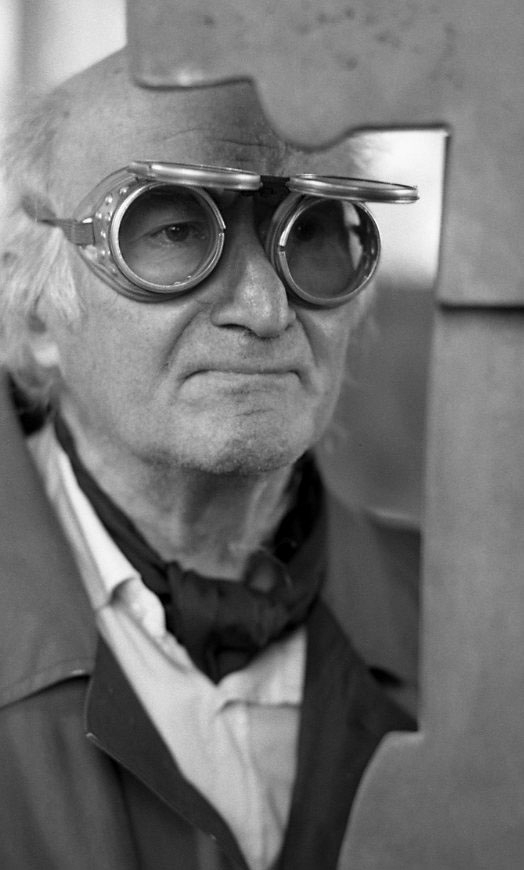
A visionary master of abstract sculpture, Pietro Consagra not only revolutionized post-war Italian sculpture but also inspired generations with his ability to transform materials such as iron, bronze, and wood into works capable of moving and at the same time challenging perception. His concept of "frontality", which required his sculptures to be experienced and contemplated from the front, redefined the way art interacts with the viewer, creating a direct and powerful impact.
Carlo Orsi captured some of the most intimate and significant moments of Consagra at work. With his keen and sensitive eye, Orsi documented the depth of Consagra’s creative process, producing images that tell the story not only of the art but of the man behind the artist. This encounter between Consagra’s sculpture and Orsi’s photography offers an even more complete and detailed portrait of one of the leading figures of contemporary art.
Pietro Consagra (1920-2005) was one of the most important Italian sculptors of the 20th century. Born in Sicily, he studied art in Palermo before moving to Rome, where he became involved with the avant-garde art scene. In 1947, he was among the founders of the Forma 1 group, which combined abstract art with political ideals.
Consagra revolutionized traditional sculpture by proposing "frontal" reliefs—thin, flat surfaces designed to be viewed exclusively from the front.
He exhibited at the Venice Biennale eleven times between 1950 and 1993, winning the Grand Prize for Sculpture in 1960, and created major public works in Italy and across Europe, including the famous Porta del Belice in Gibellina.
His theoretical inquiries and literary work led to texts such as La necessità della scultura (1952), La città frontale (1969), and his autobiography Vita mia (1980).
He died in Milan in 2005, but his connection to Sicily and to public art remains central to his legacy.
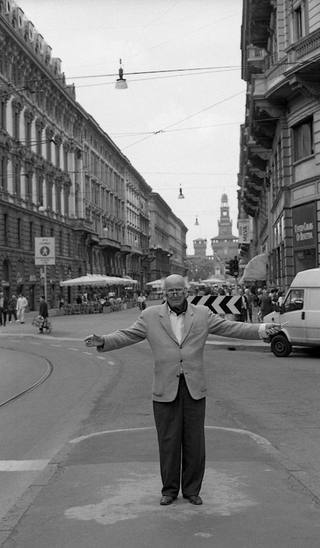
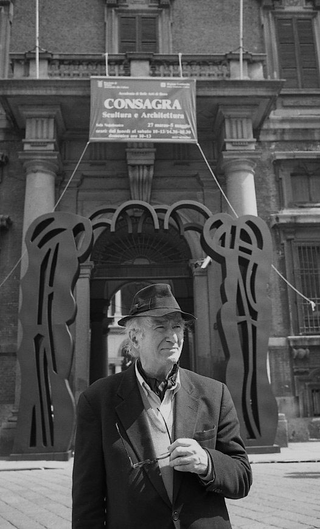
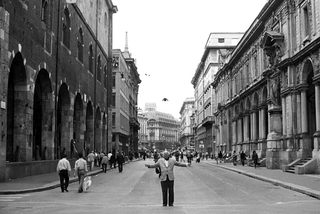
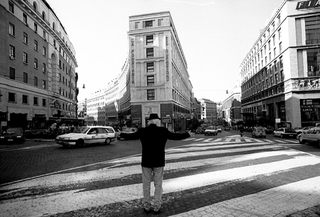
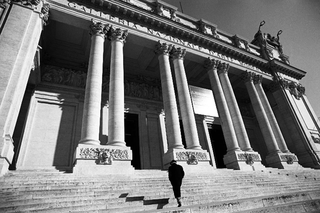
Social
Contatti
archivio@carloorsi.com